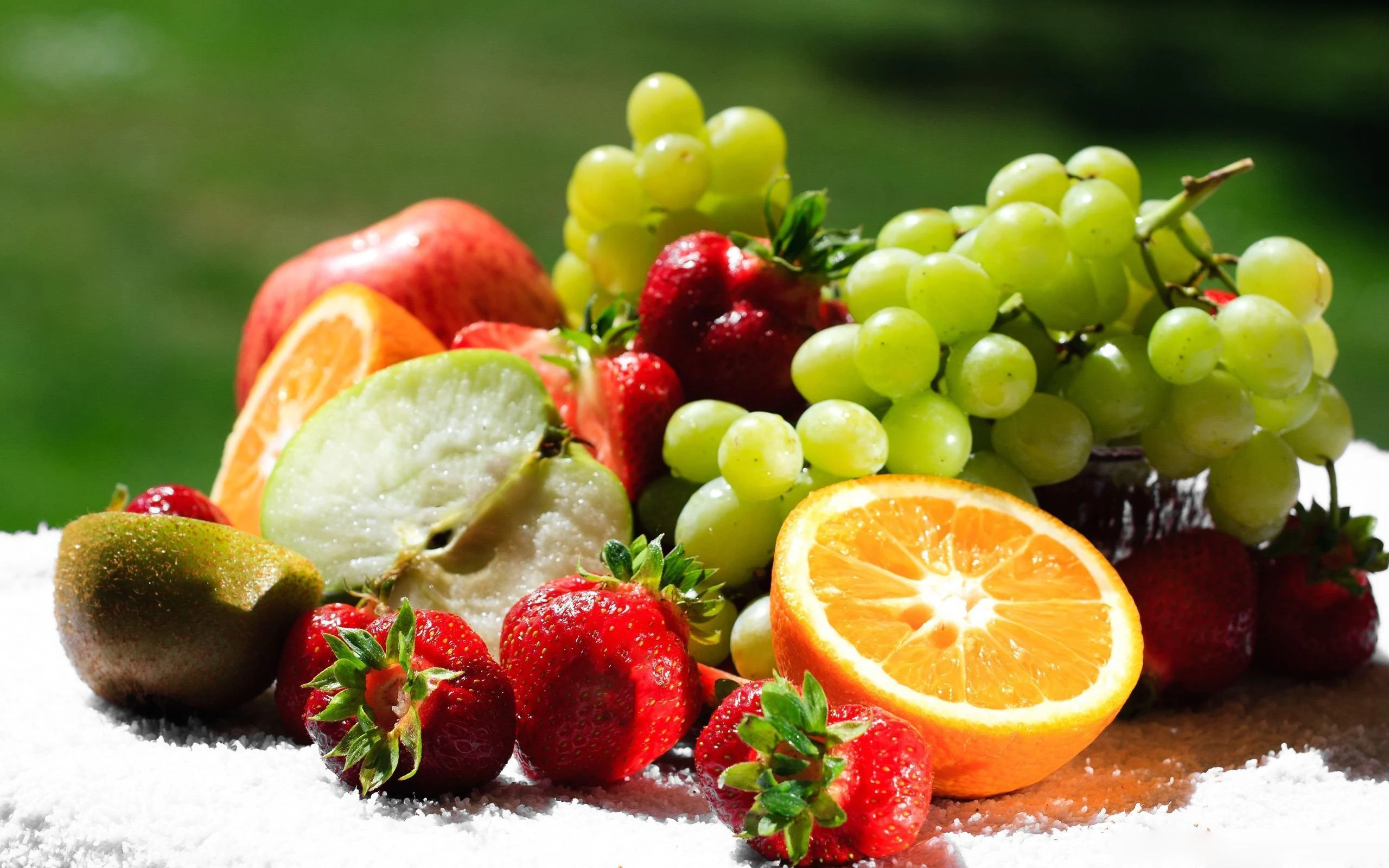



Article by: Hari Yellina
Amongst all of the issues haunting the agriculture industry, a major global issue is a lack of shipping capacity. Container delays are causing problems for traders in numerous areas. Extending the shelf life of crops and preserving their freshness are critical, as is reducing fresh produce waste. Cathy is the sales manager for Chesen BioChem, a Chinese manufacturer of 1-MCP. With the arrival of mango season, Cathy introduced the use of its PlanFresh solution on mangos. “PlanFreshTM 1-MCP can be used to keep different crops fresh and can even be used to store and preserve mangoes. Before utilising 1-MCP on mangoes, adequate pre-treatment is essential due to the unique physiological characteristics of mangoes.”
Mango is a seasonal fruit that is susceptible to cold damage in relatively cooler temperatures and accelerates the rotting process in hot temperatures. In airtight storage, mangoes quickly degrade. Mangoes ripen approximately 7 to 10 days after being picked at room temperature, and storage time is minimal. Because of the latent anthracnose infection in the fruit, even if typical fresh-keeping cold storage can extend the fresh-keeping storage time, disease signs will appear during the post-ripening phase. In reality, latent anthracnose is present in the majority of mango fruits. Heat treatment should be applied after harvesting to effectively limit the impact of anthracnose. The process entails soaking the fruits in warm water at 47-55 °C for a period of time.
Mangoes that require fresh-keeping storage are typically selected on sunny days with no dew, and the roundest fruits are chosen, according to Cathy. “When the mango’s peel lightens, the flesh turns yellow, and some of the mangoes ripen and fall.” That is the best time to pick. To avoid rotting caused by the sticky mucus of the peel, wash with clean water after picking and remove the mucus pouring from the incision. In addition, the mango fruit must be placed in a cool spot in a timely manner to allow the heat to disperse. After that, you must remove any bug infestations or damaged fruit, sort the mangoes, and store them in cold storage to keep them fresh.
Post-harvest mango management is critical for traders’ sales activity. “Temperature management is the most important element impacting mangoes’ post-harvest shelf life. At maturity, the temperature range of 20 to 25°C provides the optimum fruit beauty, palatability, and rot control. Mangoes can also be stored at 10 to 15°C to enhance their shelf life. Keeping mangoes outside of these temperature ranges, in other words, can result in poor fruit quality, which can be harmful to the fruit.” Cathy was the first to speak.
1-MCP is a potent ethylene inhibitor in fruits, and it has been demonstrated to delay the ripening or ageing process, as well as lengthen the shelf life of numerous fruits. It works by attaching to the ethylene receptor in fruits in an irreversible manner. As a result, it protects plant tissues against the impacts of ethylene.” “The successful application of 1-MCP in fruits is dependent on a number of elements, including variety, harvest ripening stage, concentration, exposure time, and temperature,” Cathy noted. To obtain a complete reaction, the treatment time ranges from 12 to 48 hours. The PlanFresh card is great for mango preservation because it is non-toxic and leaves no traces.
Chesen BioChem has obtained the necessary permits to sell their goods in China. “We are devoted to the market for agricultural chemicals used before, during, and after harvest, and we actively encourage the registration of agricultural chemicals such as phytohormones in other countries.” We are unable to attend Fruit Logistica this year due to the COVID-19 pandemic, but we truly wish to create strategic partnerships with dealers from all over the world and work together for the success and development of the PlanFresh series and other agrochemicals.” Cathy expressed her thoughts.